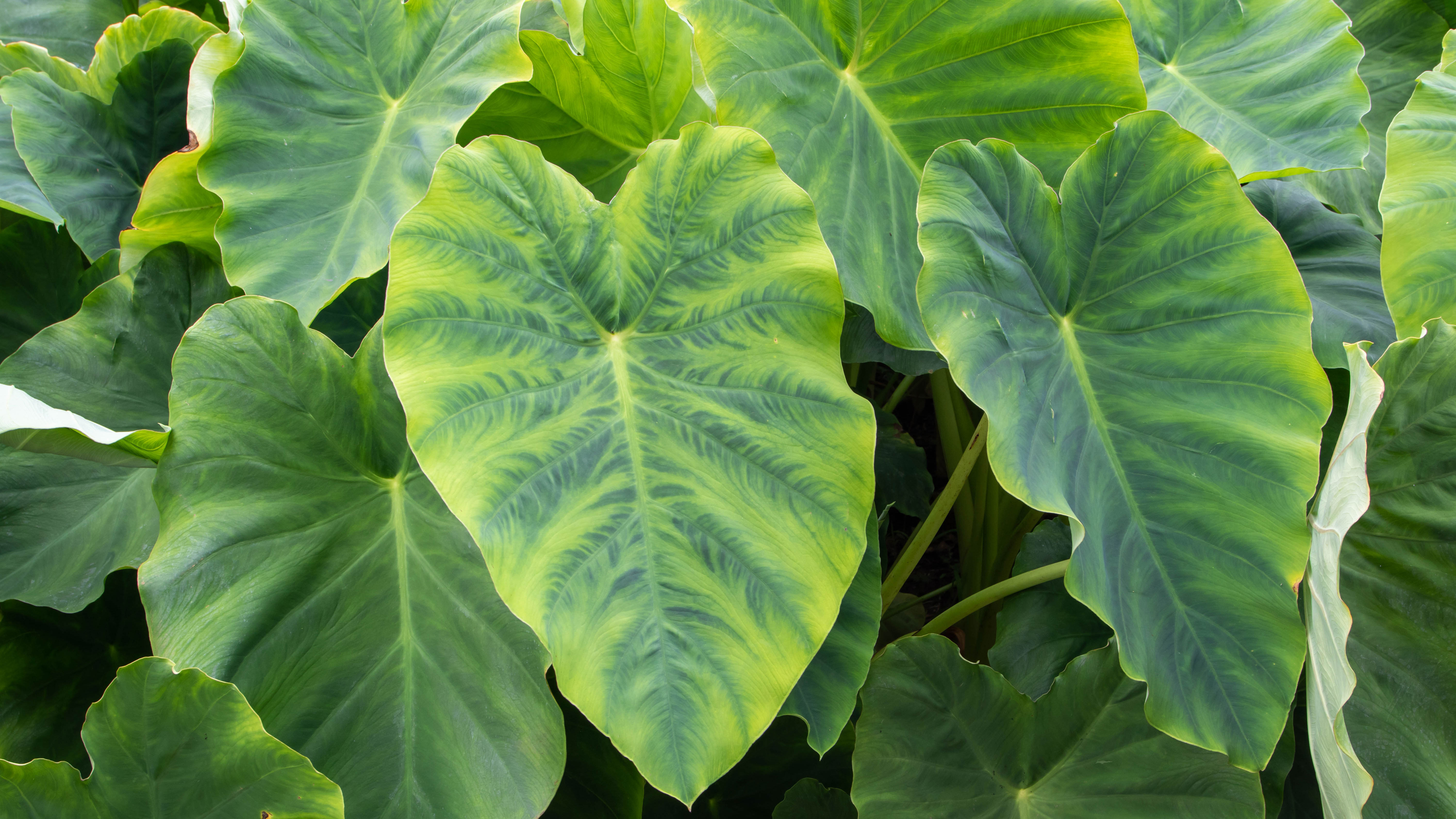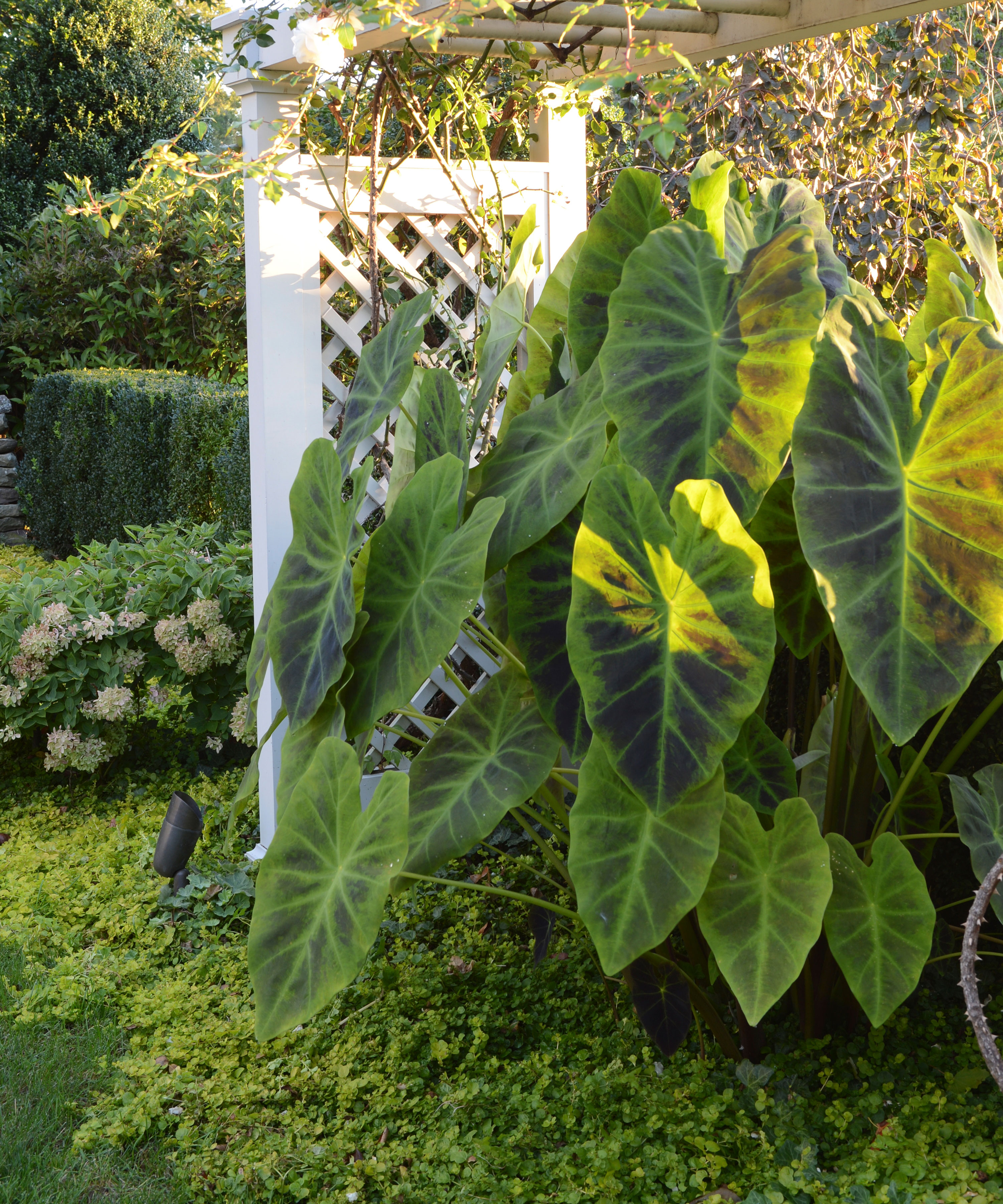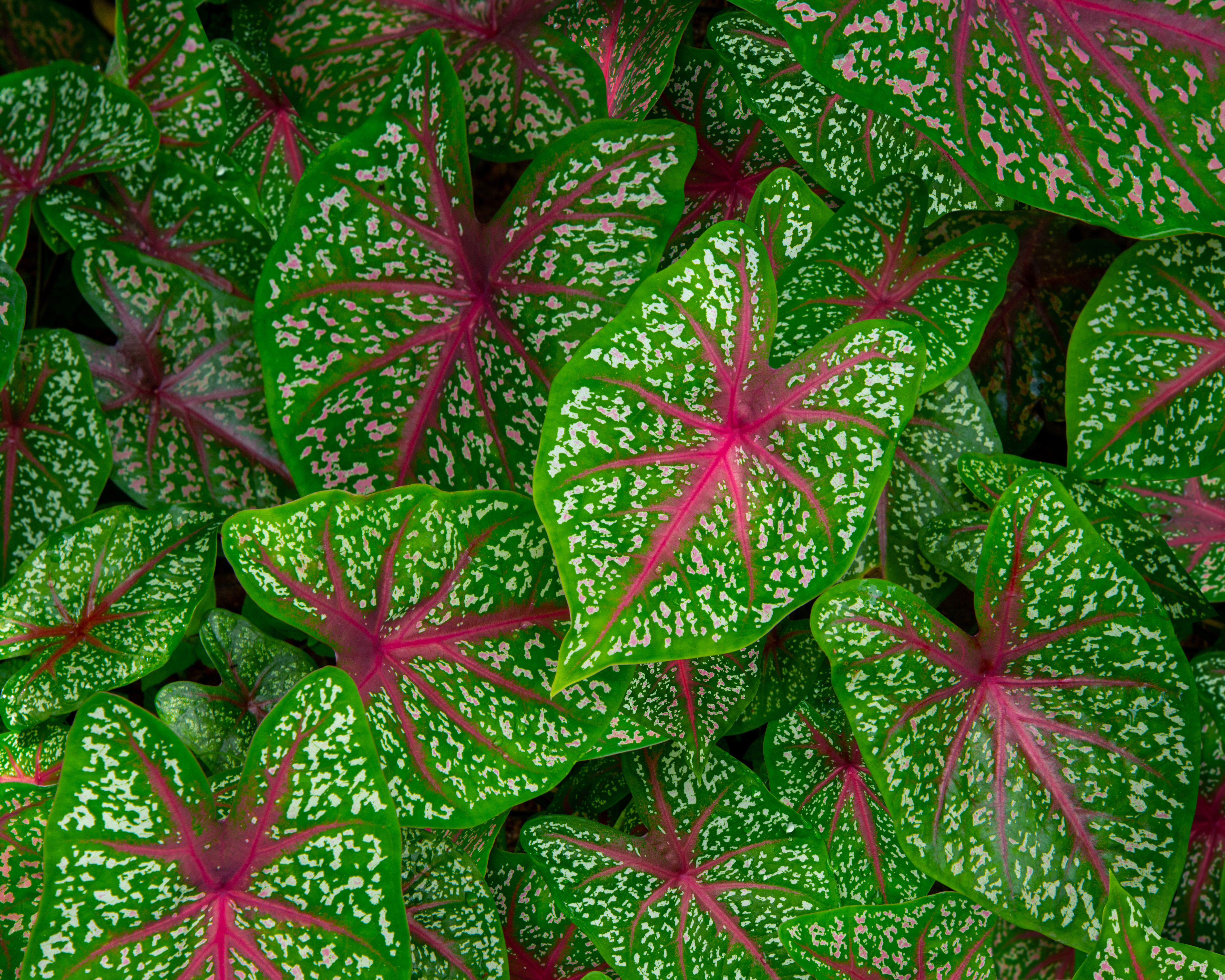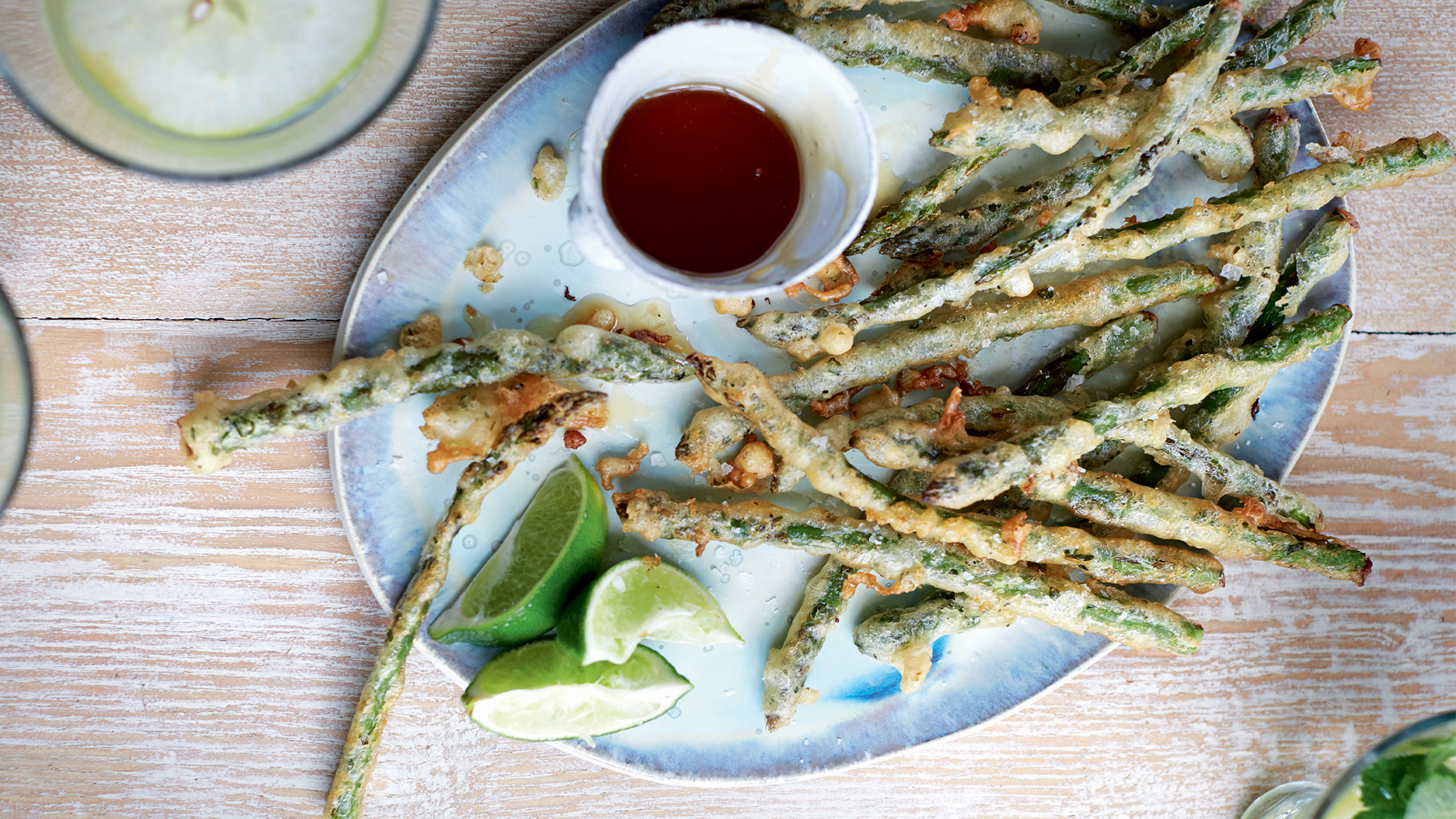How to care for elephant ears – tips for growing colocasia
Follow these tips for how to care for elephant ears if growing them in the backyard or as a house plant


It is worth learning how to care for elephant ears so that you can enjoy the huge and velvety heart shaped leaves of this spectacular plant in the garden or containers.
Admired for their dramatic foliage, colocasia – to give them their botanical name – come in a variety of colors, with the immense leaves ranging from lime green to dark purple or burgundy tinged.
These tender perennials can add a tropical element to any setting, especially when combined with ferns or other exotic plants, and the leaves grow up to two feet across, so make an exciting addition to any garden ideas.
You can also grow elephant ears plants indoors as house plants, so find out how to to care for them outside and inside.
How to care for elephant ears planted in the backyard
Before you learn how to care for elephant ears, you need to know when the plant them.
Elephant ears should be planted in spring once all threat of frost has passed and the soil has warmed up.
Apply a balanced liquid fertilizer rich in nitrogen every month when they are in growth, and keep the soil moist – they are a good choice for wet, boggy areas of the garden, or as a marginal plant around garden pond ideas.

Do elephant ears need a lot of sun?
Elephant ears need some sun, but not too much. A very important element in how to care for elephant ears is choosing the right spot for them in the backyard when planning out your flower bed ideas. As they make such a dramatic impact, they can be an eye-catching choice for front yard flower bed ideas, too.
As a tropical species, colocasia like lots of warmth, humidity and rich moist soil. They prefer a position in dappled shade, ideally in a sheltered spot.
'Planting elephant ears next to a wall or fence will help to protect the plants from too much sun. The large leaves can also soften the lines and add visual interest to blank walls and boundaries as garden fence ideas,' suggest the experts at Longfield Gardens.
How often do you water elephant ears?
A very important part of how to care for elephant ears is knowing how often to water them, keeping the soil moist and making sure they don't dry out.
Never allow the soil to dry out completely, which in some climates will mean watering them every day – sometimes several times a day.
'For elephant ears to reach their full size, they need consistent moisture throughout the summer,' explains the Longfield Gardens experts.

How do you care for elephant ears in winter?
If you want to overwinter elephant ears in your yard, advice will differ slightly depending on the hardiness zone in which you live.
'Most colocasia are hardy in zones 8b through 11 – so can be grown outside year round – but require special winter protection when grown in colder regions,' explains gardening expert Melinda Myers.
Elephants ears will not survive frosts, so if you live in a colder zone, dig up the tubers in fall 'just before or after a light frost and allow the tubers to dry in a warm, dry location for 1 to 2 weeks,' says Melinda.
In marginally hardy areas – zones 7 to 11 – mulch elephant ears in winter with shredded leaves and lawn grass to help increase the plant's survival.
'This helps to keep the elephant ears warm and insulated throughout the winter months,' explains Megan Foster, category manager bulbs and perennials at American Meadows.
First let the stems of the plants die back naturally as cutting them can lead to frost, she advises.
Where tubers have been lifted, these should be replanted and brought back into growth in early spring in a warm place.

Should you cut back elephant ears?
You should cut back elephant ears if you live in a colder region and want to store the tubers over winter, to then plant out again the following spring.
If you know how to overwinter dahlias, then it is the same process for elephant ears. 'They should be dug up before temperatures drop below 40°F,' advise the experts at Longfield Gardens.
'Dig carefully, starting about a foot from the center of the plant. Lift the plant out of the ground and move to a dry place. Once the root ball is dry, cut back the stems,' they add.
Melinda Myers advises to place the tubers in an open container of vermiculite, peat moss or sawdust, to keep them dry and prevent them from rotting, and store in a dry, frost free place, such as a potting shed or garage.

Are elephant ears good container plants?
Elephant ears can make a dramatic impact as a solo plant in a large container.
If you go down the route of growing elephant ears in pots, make sure you water the plants well over summer but then sparingly in winter when they will go dormant.
'Move potted elephant ears indoors before the danger of frost and grow them like a houseplant in a cool, bright location,' advises Melinda Myers.
'Elephant ears are a perfect in pots on shady porches, as deck ideas and other places around your home that are not in full sun. They can also add a tropical touch as a pool patio idea,' say the experts at Longfield Gardens.
Make sure to repot your alocasia when it outgrows its current pot to ensure it doesn't become pot bound.
How do you care for indoor elephant ears?
To care for indoor elephant ears, you’ll need to keep the plants at temperatures that are above 70 °F (21°C). If it falls below this temperature the plants will go dormant and lose their leaves.
They can certainly be added to the list of best winter house plants. Place them in a bright location so that they get enough light. They can provide exciting and attractive foliage year round given the correct conditions.
Water more sparingly in winter, but do not allow them to dry out completely.
Following the steps above should ensure that you have an elephant ears to enjoy year after year.
Sign up to the Homes & Gardens newsletter
Design expertise in your inbox – from inspiring decorating ideas and beautiful celebrity homes to practical gardening advice and shopping round-ups.
Rachel is senior content editor, and writes gardening content for homesandgardens.com, Homes & Gardens magazine, and its sister titles Period Living Magazine and Country Homes & Interiors. She has written for lifestyle magazines for many years, with a particular focus on gardening, historic houses and arts and crafts, but started out her journalism career in BBC radio, where she enjoyed reporting on and writing programme scripts for all manner of stories. Rachel then moved into regional lifestyle magazines, where the topics she wrote about, and people she interviewed, were as varied and eclectic as they were on radio. Always harboring a passion for homes and gardens, she jumped at the opportunity to work on The English Home and The English Garden magazines for a number of years, before joining the Period Living team.
-
 Crispy asparagus with honey
Crispy asparagus with honeyLight golden batter flavored with tarragon, lemon, and coriander makes this asparagus appetizer beautifully irresistible. The perfect spring hors d'oeuvre
By Alice Hart
-
 Lamb leg stuffed with horta and feta
Lamb leg stuffed with horta and fetaThis stuffed leg of lamb with greens and feta is a fresh take on a classic roast, perfect for Easter lunch with friends or family
By Alice Hart